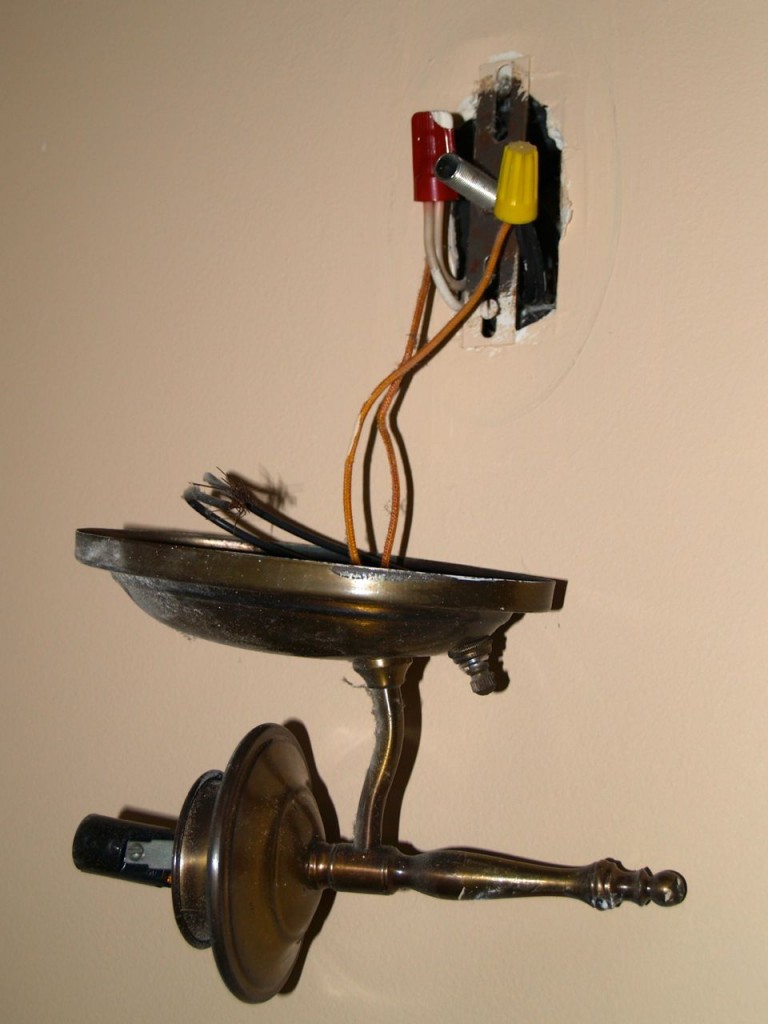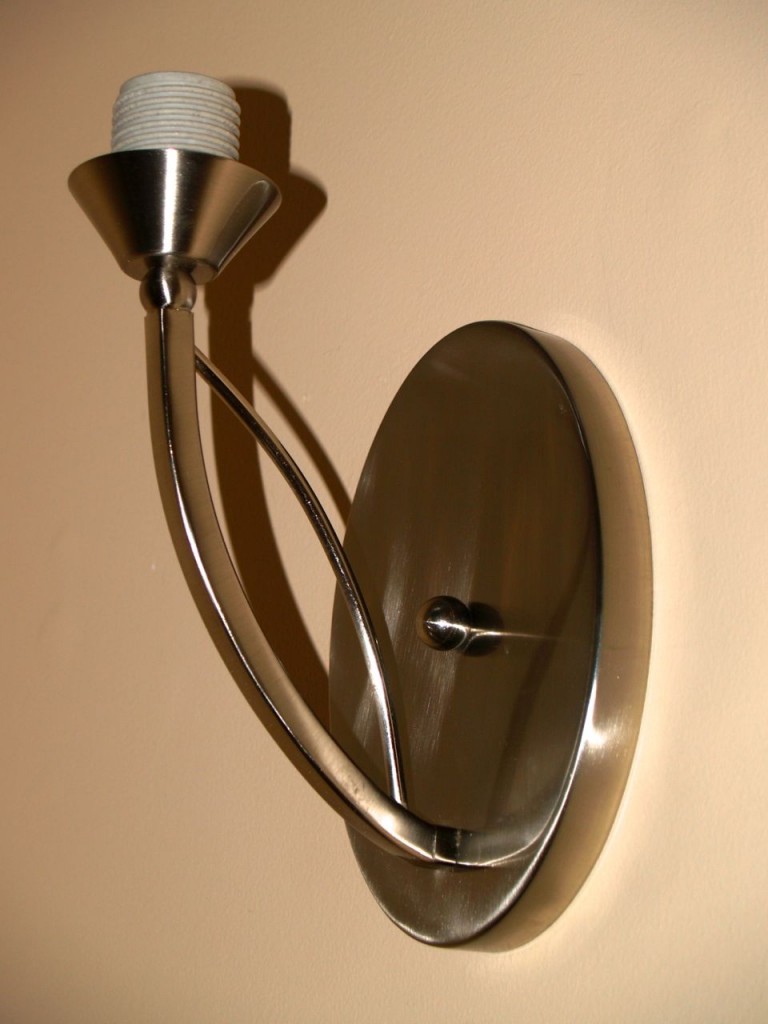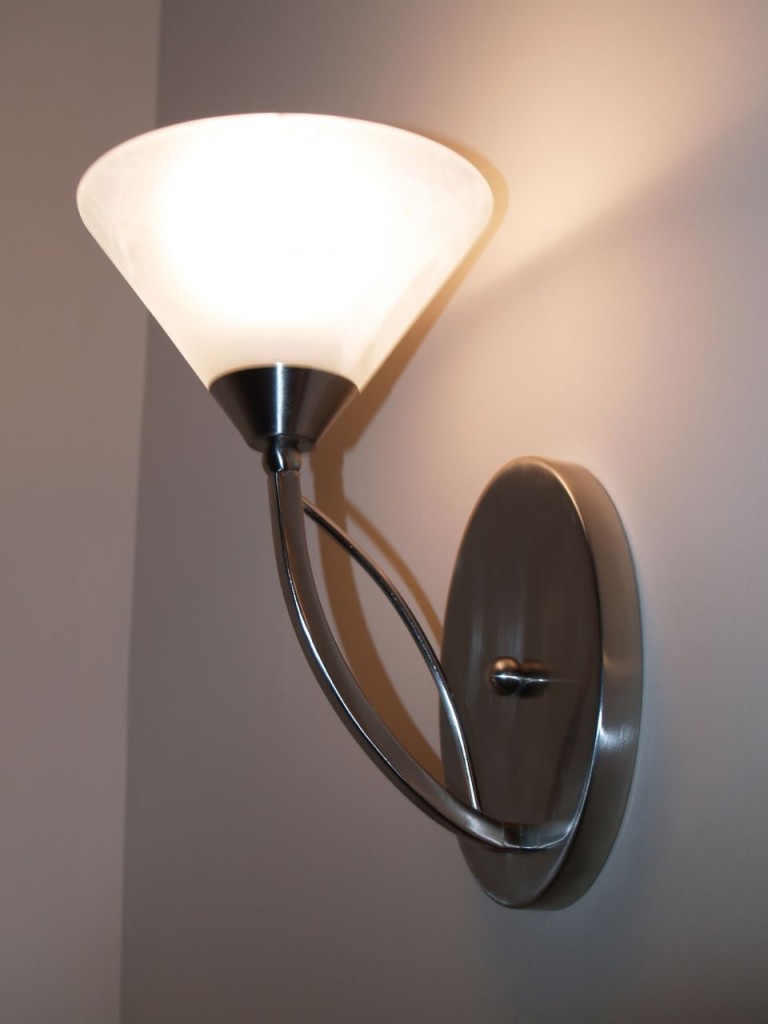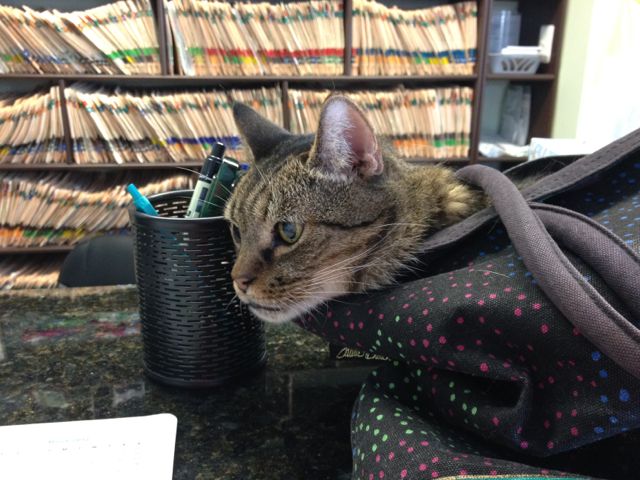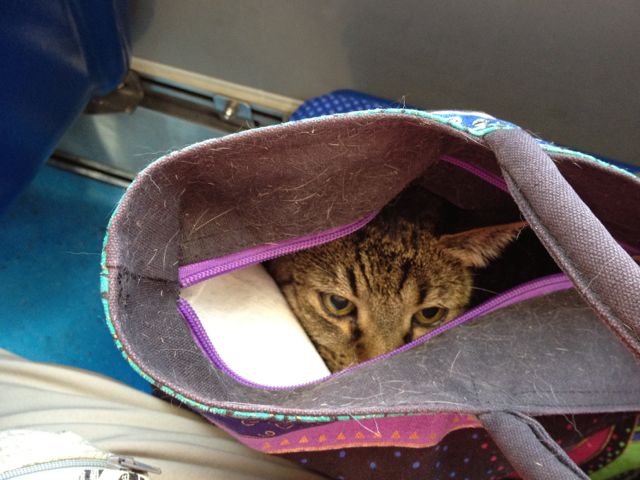Today is my mom’s birthday, so I’ve thought about her many times today and how she has influenced me in so many ways. The way she has influenced me has been in stark contrast to different news stories that came out recently that have distressed me a great deal. First, Iran has banned women from almost 80 different college majors. This does not affect me at all, but this sexism is disturbing. Many of the majors women are being banned from are science and engineering majors. Second, a Yale study recently concluded that women are still biased against in universities in science majors. This Yale study is just astounding and to me really depressing. It is particularly depressing to me since I am scientist and engineer, and I realize just how far we have to go until women have equal footing with men in the science, technology, engineering, and math (STEM) fields.
When my mom was little, she had trouble in her math classes. When she would tell her mom this, my grandmother would tell her “Don’t worry honey, girls aren’t supposed to understand math.” At some point, she took this to heart and stopped trying to understand math. My mom is not stupid, and she doesn’t give herself enough credit for all the things she does and understands. I don’t think she has full confidence in her abilities though. My mom told me about what her mom told her, several times when I was older. She told me that when she had my sister and I, she was determined that we would never be told that there was something we could not do. She always told us that we could do anything to which we set our mind. Somethings might require more work than others, but we just had to work harder. My sister struggled with math at times, so she went to a math tutor. I can remember when I was in junior high, and at one point had trouble with math. Then at some point, something clicked, and I started to excel in it again, as I had when I was younger. It should be noted that I have always had a skill at math. My grandmother, the same one who told my mom that girls weren’t supposed to be able to do math, used to tell me a story about when I was little. I had just started to learn addition in school, and when my grandmother was driving me somewhere, I would ask her to give me numbers to add. I must have really liked math already, and I wanted to practice. She would give me numbers like 5 and 3. I would reply “No Maw Maw, give me big numbers.” I would demand she give me three digit numbers to add. After this happened once, she later my mom there was something wrong with me. I guess she just couldn’t understand a little girl liking and being that good at math. [As a side note, I believe at that point, I was already displaying the signs that I would grow up to be an engineer. I was good at math, and I was already a horrible speller. Parents, if you notice these traits in your child, they may be destined to be an engineer. Please take precautions.] I don’t mean to describe my maternal grandmother badly. She was a wonderful grandmother, and she was always supportive and proud of me. She was just from a different era. I credit my mom with being determined to break gender biases and wanting her daughters to have equal opportunities as any male. I credit my mom and her telling me I could be anything I set my mind to, with my becoming an engineer.
I am not sure if I have been biased against as a female engineer, but I have definitely felt like an oddball simply for being a female. As an undergraduate, I went to a small technical college whose student population was and still is only about 20-25% female. My undergraduate department of chemical engineering had one female professor, and I never actually had her as a professor. As I think back, I can’t even remember that many female professors at all. I think the math department had possibly the best ratio, close to 50%. I think I had one female professor in the engineering department, and she was as adjunct professor. Of the geology, physics, and chemistry classes I took, I can’t actually recall one female professor that I had, but I think each of these departments had a couple. I graduated from college in 1995. I am not ancient, and this was not that long ago. The civil engineering department of the university where I got my Master’s degree was similar in terms of student and professor female ratios. My advisor was a women, but she was one of the few females in the department. At some point back in college, I just got used to this type of ratio.
In my first job as an environmental engineer at a consulting firm, the company was dominated by men. There were female engineers, but not that many. I worked in a small branch office where initially I was the only female engineer. I can remember being in meetings with clients from a municipality along with coworkers from my firm, and I was the only female in the room. Later I worked for a state agency where once again, most of the scientists and engineers were men. When I went back to graduate school a second time to get my Ph.D., like with my Master’s, I had a female advisor for my Ph.D. The fact that a women was my advisor had nothing to do with her gender but that she studied a topic that I wanted to study. The department I was in actually had a number of female professors, but it was still dominated by males. I don’t know the ratio for the students, but it was pretty good. I think one reason it had plenty of female students is that it was environmental science and engineering department. Environmental engineering seems to have a greater number of female engineers than other other engineering fields. The hypothesis many people, including myself, have is that part of environmental engineering is caring for the Earth. Perhaps that “caring for the Earth” aspect attracts women more than other engineering fields.
In my career, I can’t remember feeling biased against as a female. It is possible I was, but like other aspects of my life, when I have felt something like this, I would just plow right through it. I can remember when I did field work such as working with drillers, I would sometimes force an air of confidence on myself that I didn’t really feel to get through the job. However just as importantly, I never felt particularly encouraged as a female engineer. I have no wish for special treatment or recognition just because I am a female, but when the only females I sometimes worked with or interacted with on the job were the secretaries, it would have been nice to have a female mentor to talk to just when I was tired of all the testosterone. I feel very fortune where I work now because there is an extremely good ratio of women to men in the science and engineering positions. My boss and her boss are both women. I am no longer lonesome being a female engineer.
I don’t know that STEM fields will ever reach a point where there is an equal number of women as men working in the fields. I get the impression that certain science fields are doing better than others at attracting women. The engineering fields seem to be eternally struggling to attract females. I don’t know what the solution is, but I do think it is very important to have females as well males in the STEM fields. Having females and minorities in STEM fields brings diversity to solving problems and even recognizing problems that can be vitally important. We also must make sure women are given equal opportunities. Even if for whatever reason females just don’t like STEM fields as much as males, we must make sure that females who do like STEM fields are encouraged to enter and stay in those fields. [Helping women to stay in STEM fields during their careers is to a certain extent a whole other issue.] We must make sure little girls are told they can be anything they want to be. We must make sure girls and boys are not told that there are girl and boy subjects. If we can’t even accomplish that, then we have no hope of equal opportunities.


